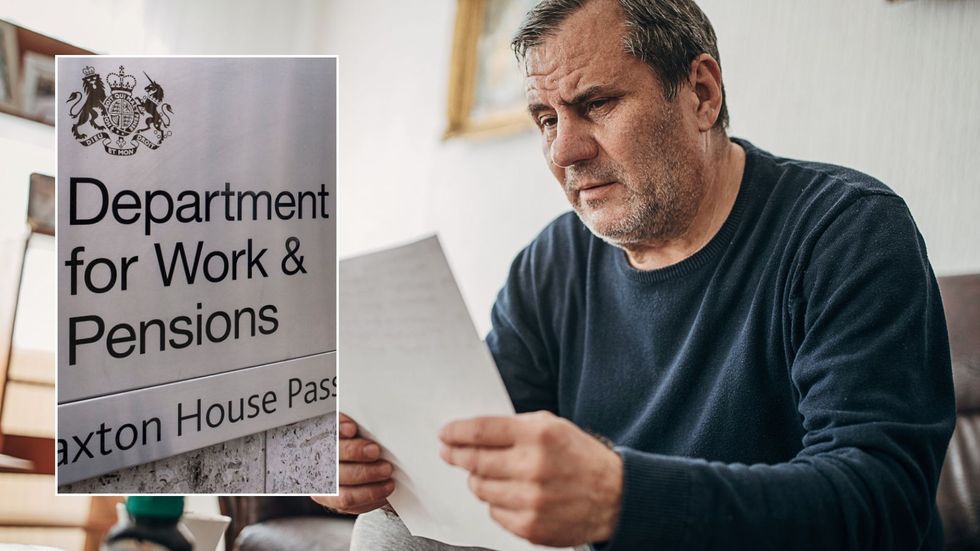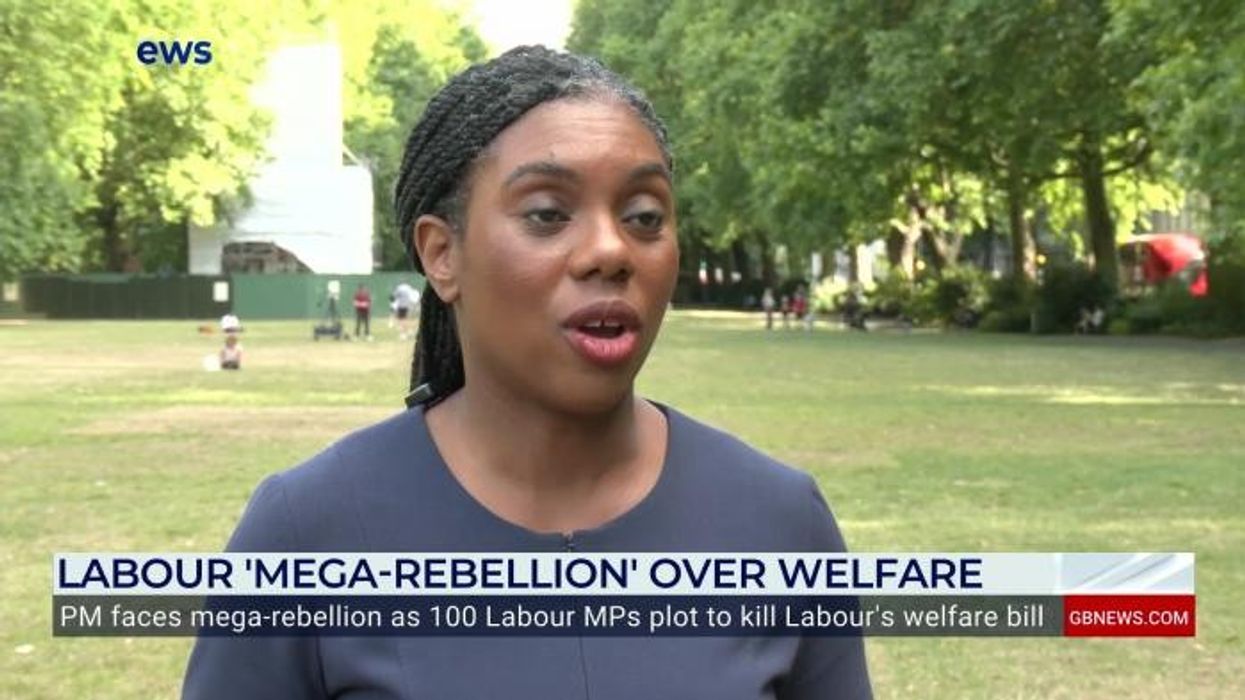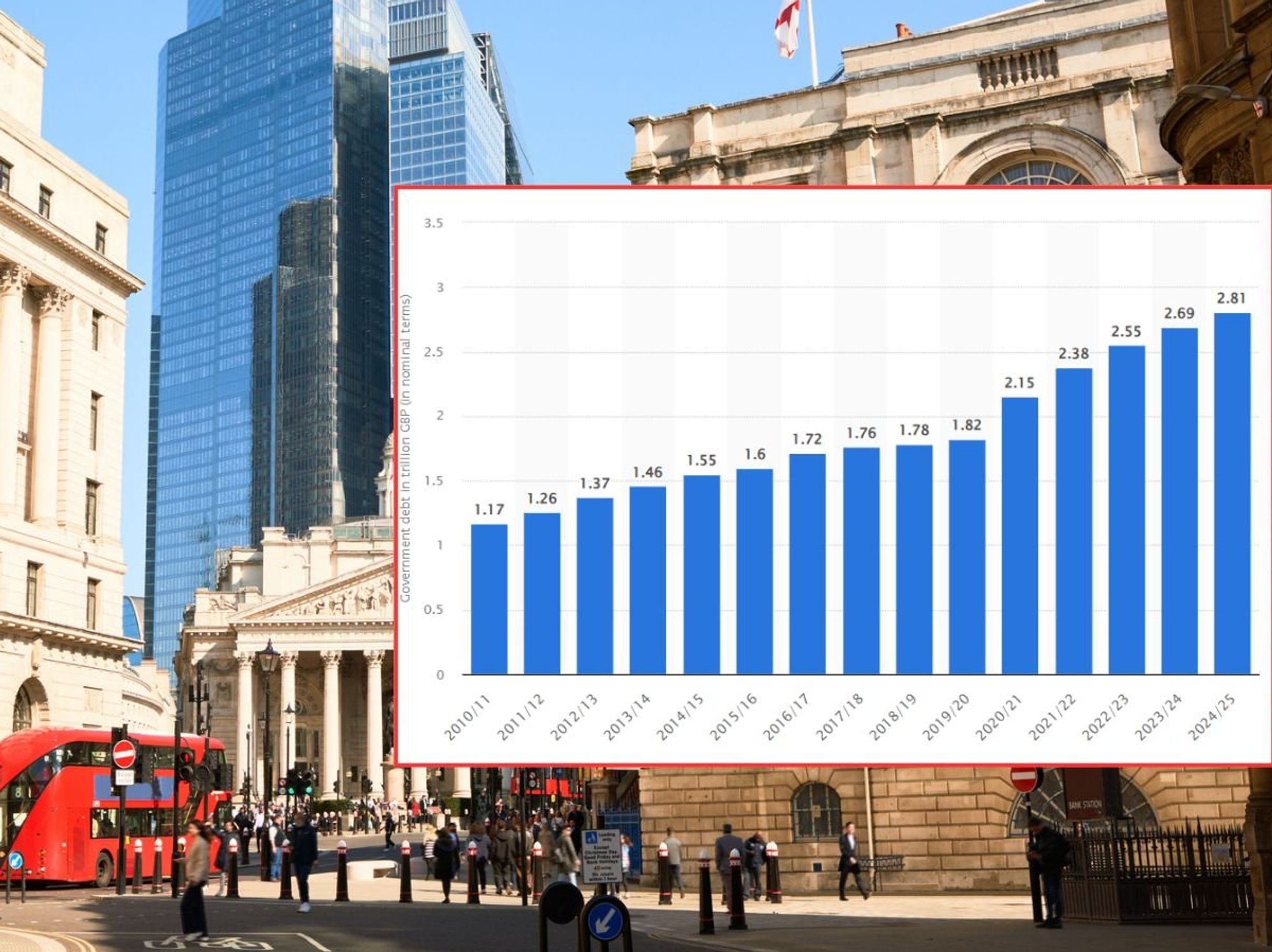Labour's benefit rule changes to push extra 150,000 people into poverty despite U-turn

Around 50 Labour MPs are still expected to rebel against the Government on Tuesday
Don't Miss
Most Read
Changes to the UK benefits system are set to push 150,000 more working-age adults into poverty by 2030, despite a potential U-turn of the benefits bill.
The figures, published by the Department for Work and Pensions, show that revisions to disability and incapacity benefits will still raise poverty levels across Great Britain
The Government has updated its impact on poverty levels in Great Britain in its Spring statement social security changes.
The report estimates that, compared to previous projections, an additional 150,000 people will fall into relative poverty after housing costs.
This is due to future claimants receiving less support than they would have under earlier rules.
Before the U-turn was announced, a previous assessment said 250,000 people, including 50,000 children, would face poverty as a result of the measures.

Benefit rule changes to push extra 150,000 people into poverty despite U-turn
| GETTYThe impact on children and pensioners is expected to be small, but the overall rise in poverty remains significant.
The changes include a lower rate of Universal Credit support for new Limited Capability for Work and Work-Related Activity (LCWRA) claimants, which will be frozen at £50 per week until 2030.
The Government has also tightened the rules for Personal Independence Payment by requiring new claimants to meet a higher threshold on daily living tasks.
While existing recipients will see their payments increase with inflation, new applicants will not receive the same level of support.
Sir Keir Starmer is under extreme pressure as over 100 MPs have shown opposition towards his benefit cuts.
 The DWP is urging people to report missing cost of living payments online rather than via telephone | PA
The DWP is urging people to report missing cost of living payments online rather than via telephone | PADespite reports that Starmer has watered down the reforms and offered concessions, he still faces the prospect of around 50 MPs rebelling in a crunch vote on Tuesday.
Nadia Whittome, a prominent left-wing Labour MP, wrote on X: “Even with the concessions, the government's own analysis forecasts that 150,000 people could still be pushed into poverty by disability benefit cuts by the end of the decade.
"As Labour MPs, we didn't enter politics to make struggling constituents poorer. We must stop this Bill."
The original welfare bill proposed to introduce a higher bar for eligibility for the Personal Independence Payment, and cut the health-related element of universal credit.
But after more than 100 Labour MPs called for these changes to be scrapped, the Government said its proposed rules will now only apply to new claims from November 2026, and also rowed back on universal credit plans.
From November 2026, PIP claimants will need to score at least 4 points from a single daily living activity to qualify for the daily living component of PIP, as well as scoring a total of at least 8 points.
Downing Street has defended Starmer’s benefit cuts despite government modelling showing they will drive 150,000 people into poverty.
A No 10 spokesman said: "The broken welfare system we inherited is failing people every single day. It traps millions, it tells them the only way to get help is to declare they'll never work again and then abandons them.
"No help, no opportunity, no dignity and we can't accept that. For too long, meaningful reform to a failing system has been ducked."

A Tory shadow work and pensions minister has branded Labour's welfare bill "pathetic" after Government concessions.
|GETTY
The Tory shadow work and pensions minister has branded Labour's welfare bill "pathetic" after Government concessions.
Danny Kruger said the measures are now a "damp squib" after the prime minister U-turned amid a Labour rebellions.
"We would like to vote for benefit reform, we really need it, we have an unsustainable rise, particularly in disability benefits… the Government isn’t bringing forward reform," he told Sky News.
According to the Government’s analysis, the additional 150,000 people falling into poverty represents a 0.4 percentage point increase among working-age adults.
The figures were produced using the Department’s Policy Simulation Model and are based on the most recent data available.
More From GB News











